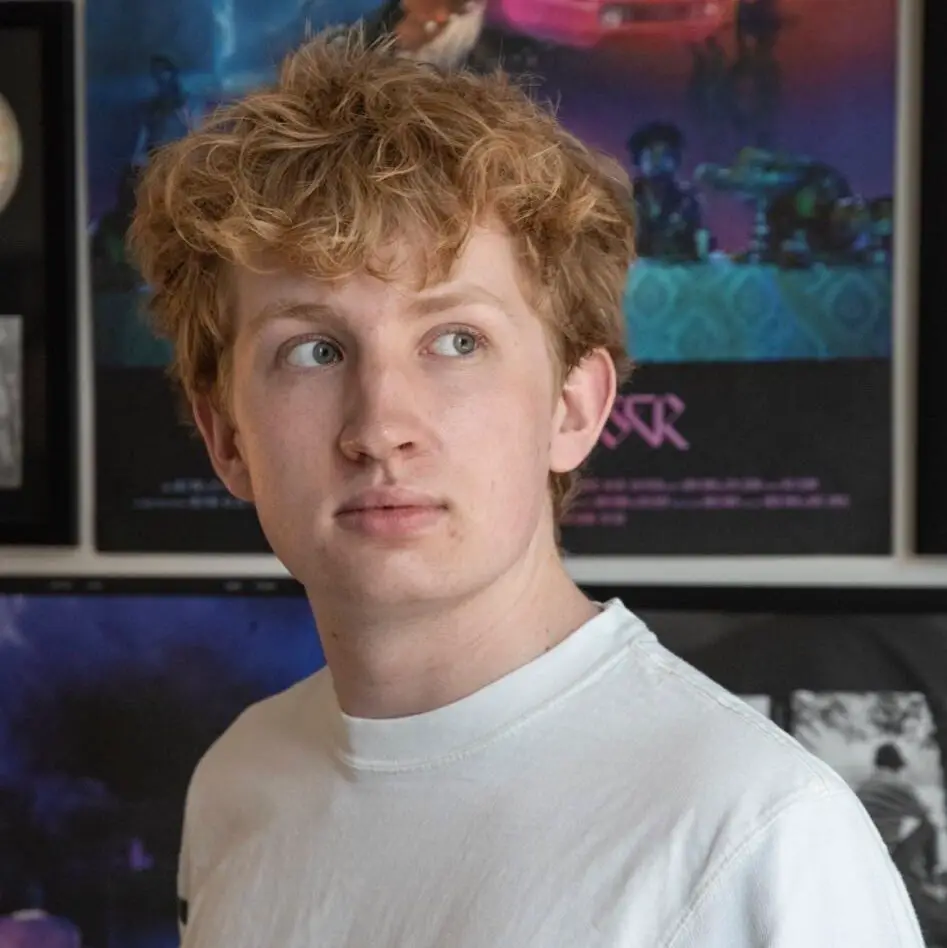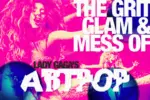Gone are the days of writhing around on stage in a wedding dress and asking “Miley, what’s good?” The MTV Video Music Awards – VMAs for short – have consistently been the one night a year that spurs controversy, gossip and iconic musical moments that keep audiences talking long after. Since the ceremony’s start in 1984, the VMAs have always had a unique flair for producing music’s wildest party.
The VMA “Formula”
For those who may not know, MTV — short for “Music Television” — was founded in 1981, and exclusively played music videos by the hottest artists in music at the time. Stars like Madonna, Michael Jackson, Cyndi Lauper, and Def Leppard would go on to dominate the airwaves throughout the 1980s thanks to their music videos. In 1984, MTV started the VMAs as a celebration of music’s best videos. During that very first VMAs in 1984, Madonna hit the stage wearing a wedding dress complete with a belt reading “Boy Toy.” The performance remains one of the first moments in VMAs history to be remembered years later for its shock value and rebelliousness.
From the start, the VMAs have not only stood out for their focus on video, but for their ability to feature jaw-dropping performances and interactions with the world’s biggest names. In many ways, the VMAs are the opposite of the Grammy Awards because they aren’t meant to be a prestigious ceremony with awards chosen by elite critics. Instead, MTV allows viewers to feel a part of the awards through fan voting and surprise.
The mark of a good Video Music Award ceremony all comes back to the show’s ability to deliver surprises and push the limits of what many find appropriate for television. Whether it’s the fashion, performances, raunchy dialogue or surprise announcements — as long as audiences are left abuzz, the show was successful. This “VMA formula” that MTV tapped into has been the driving force for the ceremony’s success since 1984.
VMA Past Versus Present
Throughout the award show’s run, it has had countless moments that have gone down in pop culture history. Britney Spears, Madonna and Christina Aguilera sharing a kiss in 2003, Beyoncé announcing her pregnancy in 2011, Eminem’s memorable performance in 2000 and Rose McGowan’s show-stopping red carpet outfit are just a few. All of these moments are either controversial or flashy celebrations of life and music, which is the direct byproduct of the VMA formula.
In 2009, Lady Gaga sang “Paparazzi” dressed as an avant-garde Marilyn Monroe as she simulated bleeding to death before ultimately being hoisted into the air by her arm. The performance has gone on to be one of the most famous modern performances at the VMAs and has even gone semi-viral on TikTok. The lifespan of this sole performance has outlived countless other VMA moments and demonstrates that MTV finds success when the show is unexpected.
Another great example of this is Britney Spears’ 2001 performance of “I’m A Slave 4 U,” in which she dances with a live snake over her shoulders. Not only does MTV gain from producing shocking and memorable moments, but the VMAs provide artists with an opportunity to make career-defining moves that will solidify them in pop culture history as well. Britney Spears’ snake performance is just as synonymous with her as it is with the VMAs.
Now that it’s clear what sort of things work at the VMAs, you may struggle to come up with a memorable moment from the ceremony in recent years. Does the VMA formula no longer work?
This year’s VMAs found music at an interesting time: a period of limbo between the original hit-makers of the 2010s retreating from the classic VMA formula, and the future wave of musical artists giving their best shot at bringing their A-game. Nicki Minaj received the honorary Video Vanguard Award and gave a career-spanning performance, and yet something still felt missing.
Minaj’s performance was done well and incorporated several songs throughout her career, but that shock value she’s become known for was missing, leaving audiences with a performance that felt subpar. Fergie’s surprise appearance during Jack Harlow’s performance demonstrated a fair shot at blending the “old” with the new. Taylor Swift’s surprise announcement about her new forthcoming album remained one of the only true “wow” moments of the night.
These three names — Nicki Minaj, Taylor Swift and Fergie — are really the only A-list female celebrities that were in attendance this year. Of course, there was a nice lineup of male performers — Red Hot Chili Peppers, Eminem, Snoop Dogg — but without crazy, wild or powerful moments from the women, the VMAs are left feeling incomplete. The VMAs have always been a vessel for female performers to show up and show out with little to no boundaries in place, and when only three global female stars deliver, you can’t help but reminisce about the way the show used to be.
The Last Great VMAs
2016 was the last ceremony in recent years to really deliver on the VMA promise of intrigue and surprises. Performances and appearances from Rihanna, Beyoncé, Britney Spears, Halsey, Ariana Grande and Nicki Minaj kept viewers engaged, wondering what might happen next. With a ceremony this star-studded, it was hard to take your eyes away from the screen. Subsequent ceremonies have had fair shots at a great show with Katy Perry hosting in 2017 and Ariana Grande’s gilded performance in 2018, but it’s never been the same since 2016. After all, the last big controversy of the show came in 2015, when Nicki Minaj called out Miley Cyrus for her choice of words during her acceptance speech.
What’s to blame for this streak of underwhelming ceremonies? The answer is quite straightforward: the lack of superstar attendees and performers. The show offers up a great platform for newer artists to gain exposure, but without the public’s favorite celebrities in attendance, why watch? Performers and presenters not willing to garner some controversy don’t fit into the concept of the VMAs, and that’s also what’s to blame for the uninteresting ceremonies of late. Simply bringing together a collection of artists all hungry to prove themselves or demonstrate their dominance naturally creates an environment in which pop culture is shaped. The most famous and iconic moments in VMAs history are the ones that aren’t planned or produced by MTV themselves.
The Future of the VMAs
The VMAs were once music’s most glamorous and outrageous party, but with the loss of that ambitious spirit, it’s no wonder that the ceremony has flatlined. With ratings for the 2022 VMAs only slightly increasing from last year, an overhaul of the guest list and lineup is due if MTV wishes to keep the VMAs alive. This doesn’t mean that the ceremony should only feature stars that have already solidified their place in pop culture, but that the newer attendees must strive to tap into the VMA formula.
Perhaps the lack of hungry artists has something to do with the push for prefabricated promotion on social platforms, thus seemingly getting rid of the need for memorable live moments. The music industry will consistently shift as the digital age stretches on, but that shouldn’t be at the expense of losing artists with superstar qualities and ambition. Here’s hoping for a better MTV VMAs next year.

















